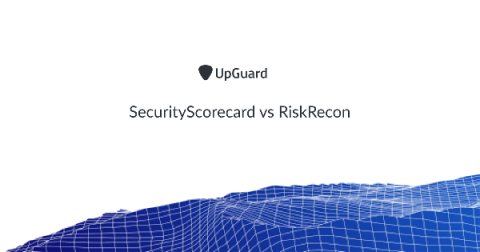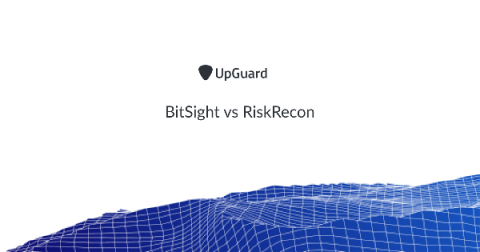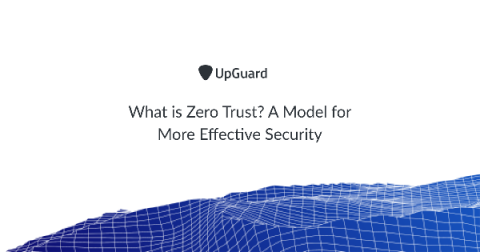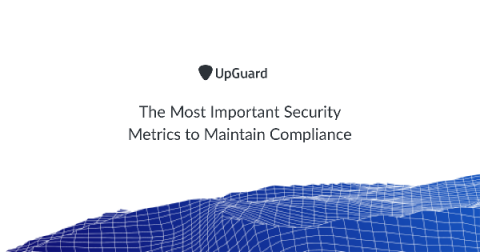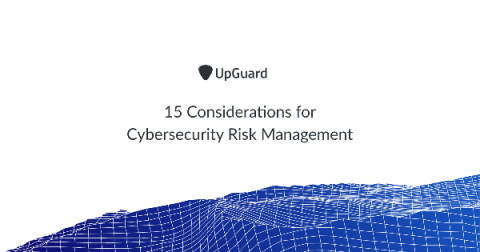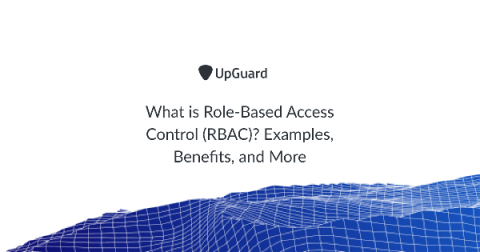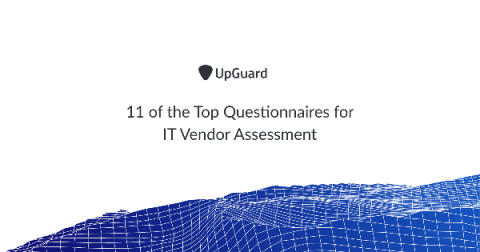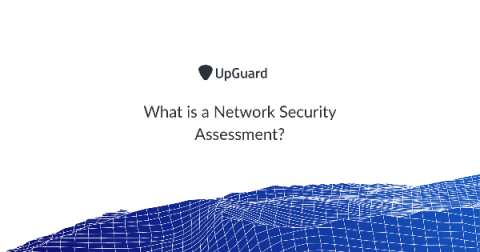SecurityScorecard vs RiskRecon Comparison
Chances are you understand the impact of poor risk management, particularly third-party risk management and vendor risk management, on your organization's reputation. Technology has increased the speed and scale of commerce and communication, and in turn, has increased your organization's exposure to cybersecurity risk, particularly cyber threats that lead to data breaches and cyber attacks.


